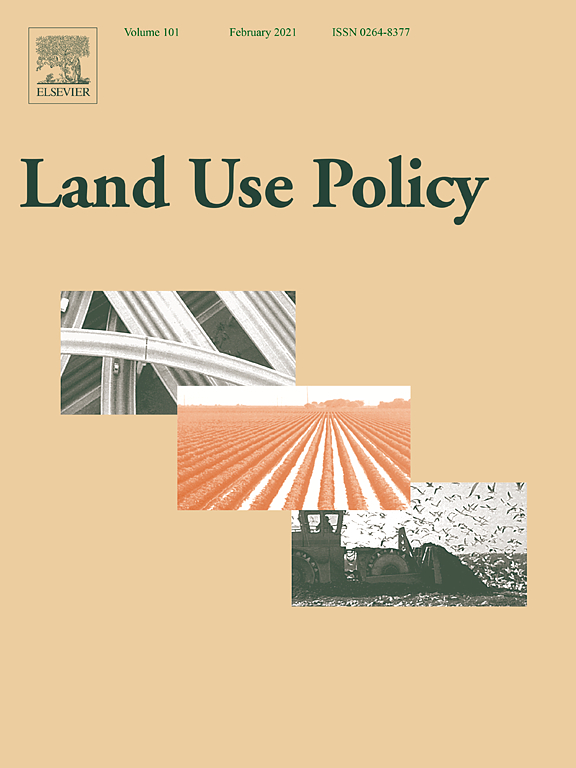New knowledge networks of small-scale farmers in Europe’s periphery
In this paper we assess the types of knowledge networks utilised by small-scale farmers in four case studies (located in Bulgaria, Poland, Portugal, and the United Kingdom). We focus on knowledge acquired to inform three new activities being undertaken by study participants: agricultural production, subsidy access and regulatory compliance, and farm diversification (specifically agritourism).


